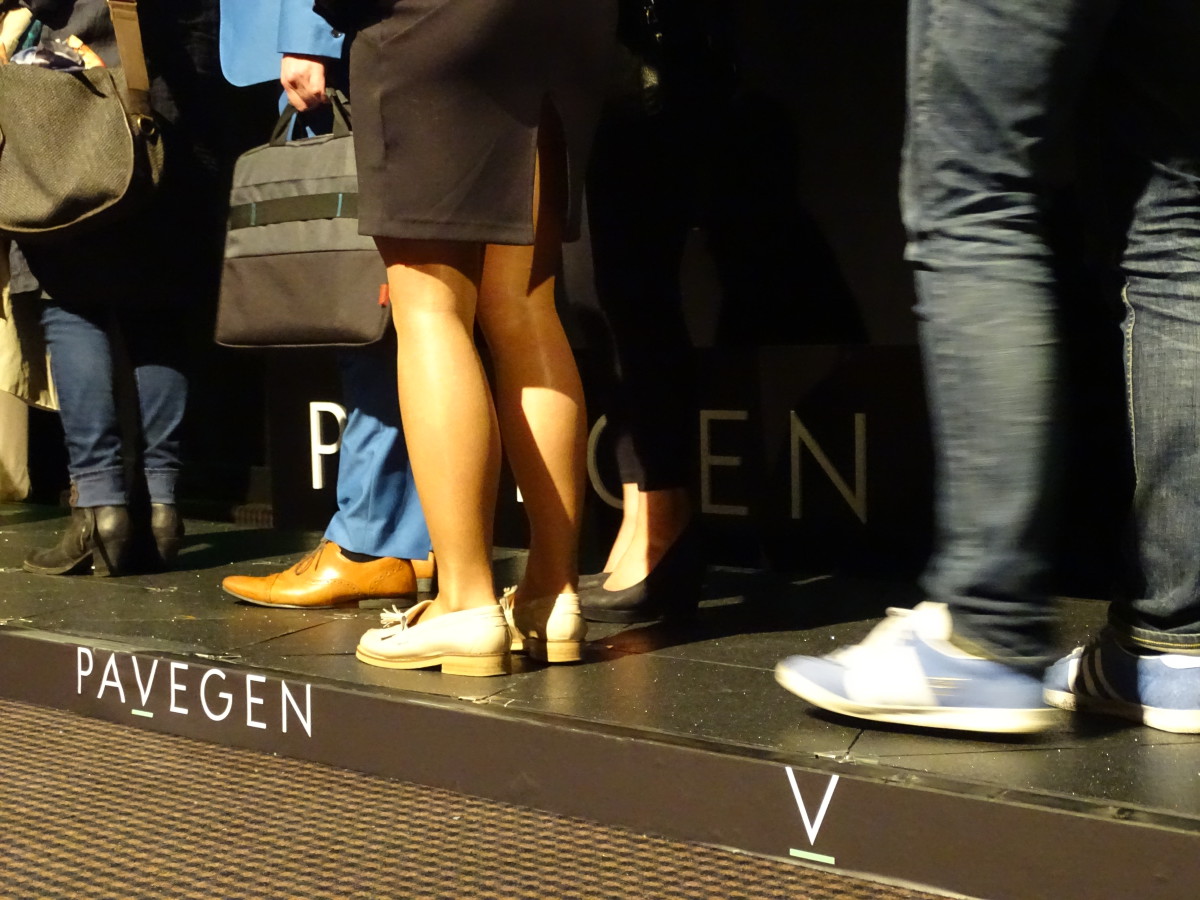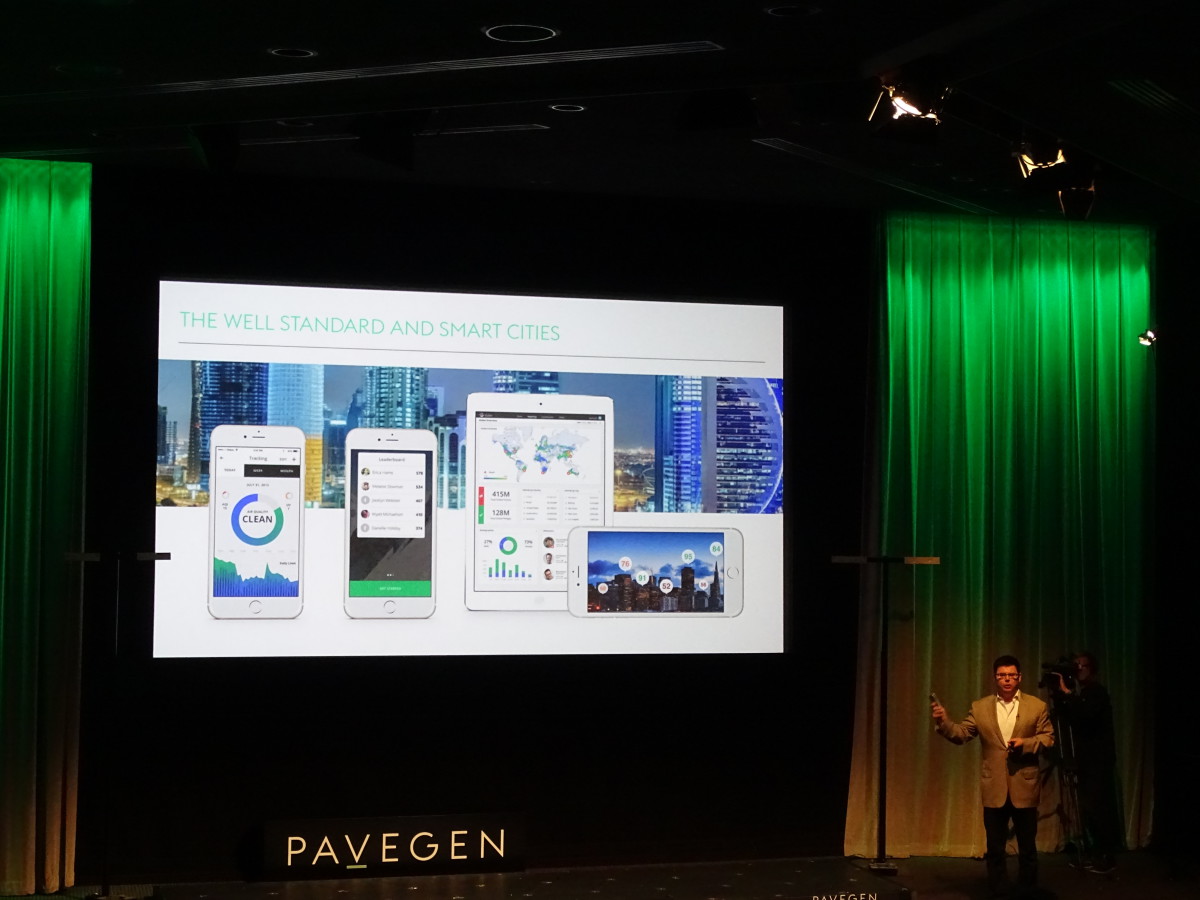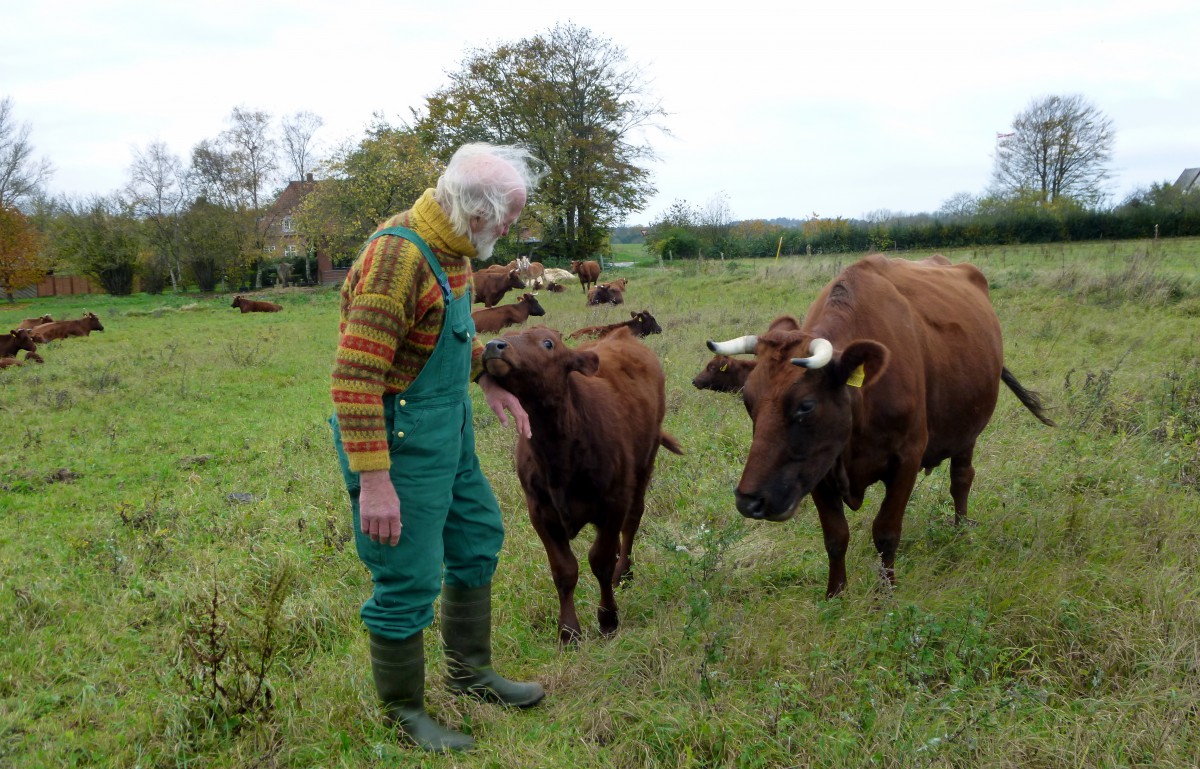Currently, two of the biggest industry trends are technology and sustainability. Both are very high on the corporate agenda but planners are still struggling from various reasons to fully implement them. Some of which include not seeing the ROI, no attendee engagement, no budgets, data privacy or just can’t bother.
When we talk about sustainability, first thought that comes to mind is recycling. How can we reduce our waste or save money? When we talk about technology, it’s about data. Why not enough attendees download our event app, why they don’t share enough on social media or sign up for our platform? Data can create compelling case studies backed by analytics to present to sponsors and improve future events.
There is one thing sustainability and technology need but planners are still straggling with – engagement. How can we communicate sustainability to our attendees in a fun and engaging way? How can we use technology to collect data without being too intrusive?
There is simple answer to this question and it’s Pavegen.
What is Pavegen? Launched in 2009 by Laurence Kemball-Cook, an industrial design engineer and graduate of Loughborough University, it’s a flooring system that generates power and data from footsteps. Pavegen tiles can be used in both indoor and outdoor locations and work best where there is high footfall such as retail and transport hubs. The technology is integrated, discreetly, into the existing environment, underfoot. Pavegen units are also available in modular form for use at events, such as exhibitions and marketing campaigns, to demonstrate their commitment to innovation, sustainability and CSR initiatives.
I was first introduced to Pavegen when they had their installation in Canary Wharf few years ago and last year attended Laurence’s presentation at Sustainable Brands London. Keeping in touch with his team I was honoured to be invited to their event on 11th May at BAFTA where they revealed new brand and new product for Pavegen.
Put very simply, Pavegen is a floor that generates energy that generates data and their aim is to connect communities with people-generated energy around the world. The product that has been revealed last week, known as V3, is sleeker and far more efficient, generating over 200 times more power than the first model manufactured in 2009. They powered a football pitch in Brazil and it will be soon installed in Westfield Stratford and Oxford Street in London.
What are the opportunities for event planners using this technology? Pavegen’s new unique triangular design maximises energy output and data capture and can be used at major exhibitions to capture attendee’s footfall. Its high durability and simple deployability allows Pavegen to generate renewable energy where and when it is needed and lastly Pavegen’s flooring is entirely customisable to reflect any brand identity with the ability to seamlessly integrate into any indoor or outdoor location.
Greatest opportunity I personally see for event organisers is that through data applications Pavegen offers, which includes a comprehensive analysis of consumer patterns by continuous footfall tracking and heat mapping, is that it will allow organisers track attendee behaviour, collect data about busiest hours during the exhibition, busiest days, most popular exhibitors and better tailor exhibition’s programme for next event. With the growing concern about privacy, Pavegen has the ability to track footfall anonymously. By gamifying sustainability at events, attendees will engage more with sustainability and event technology.
Lastly, Pavegen and Tribal Planet also announced their collaboration to implement game-changing plans for the Pavegen technology. Jeff Martin, CEO of Tribal Planet presented how the two companies will be creating a digital application, using public venues and access points around the world to monitor the energy generated on each Pavegen tile. The app platform will follow a ‘redeem and donate’ scheme, where the energy generated by each individual’s footsteps provides them with an energy currency that can be redeemed for exclusive experiences and events access, and donated to social causes to deprived areas. From attention based economy to now behaviour based economy, people will be now able to vote with their actions, better understand and value the choices they make.
Sustainability is more than recycling or using renewable energy. Sustainability is about engaging our future generations in the energy saving process, making them learn, engage and understand that process and Pavegen is the only form of renewable energy attendees can engage with at events.































